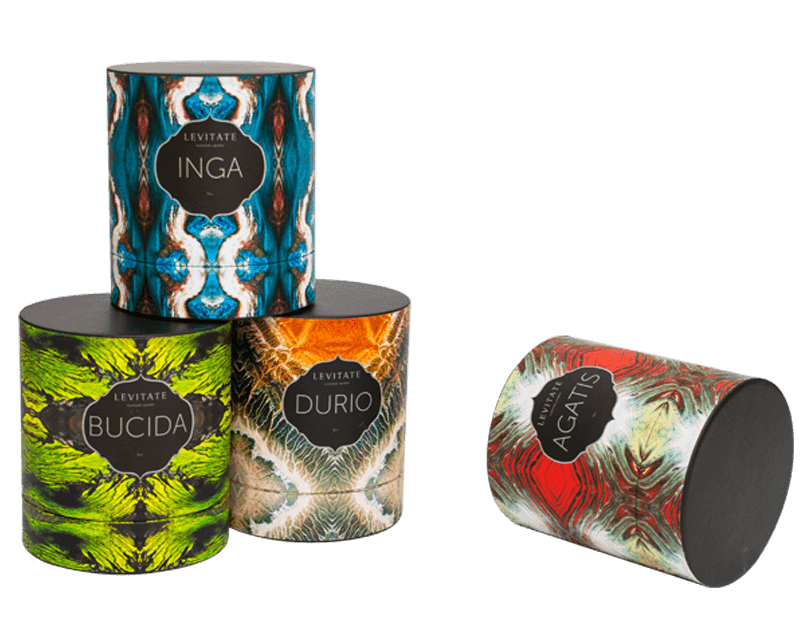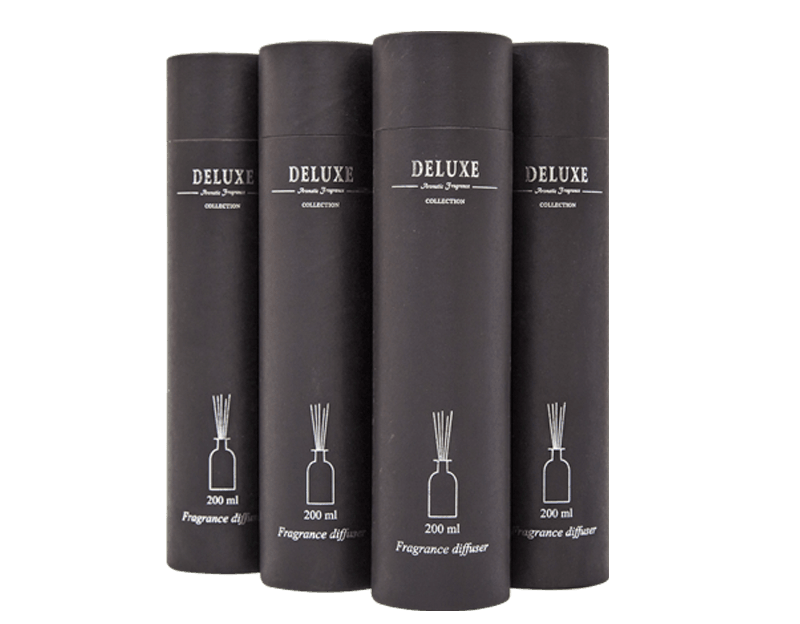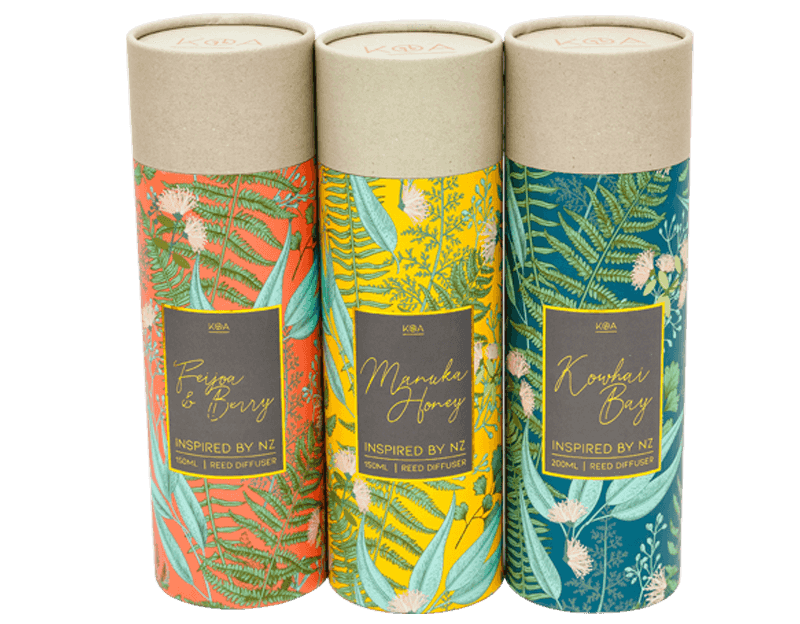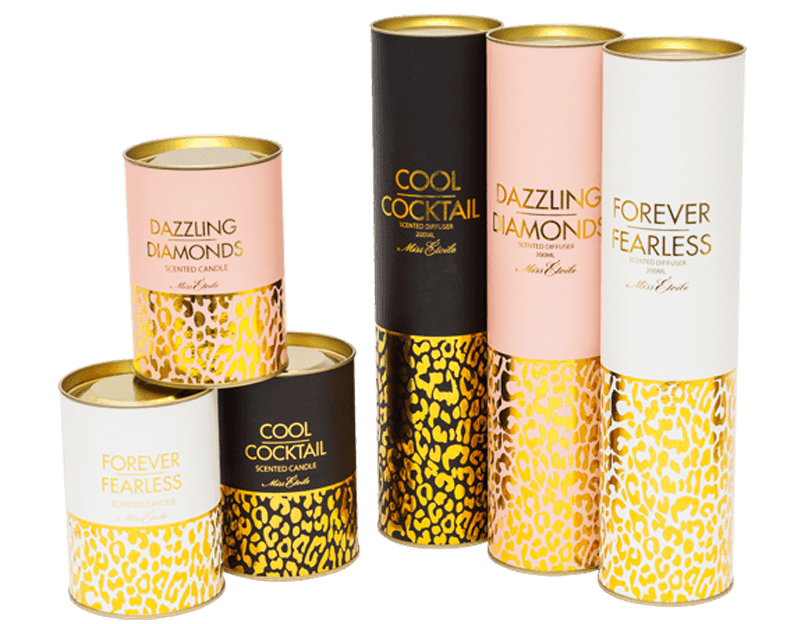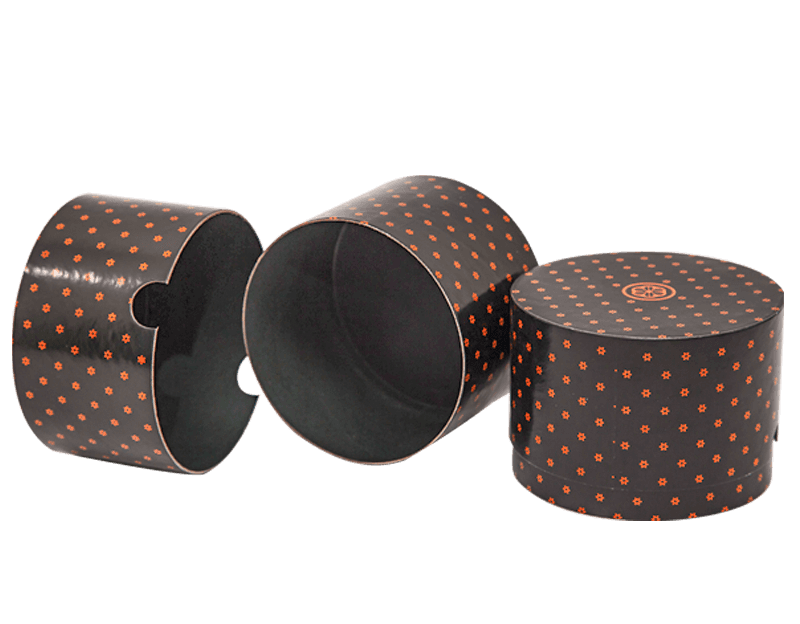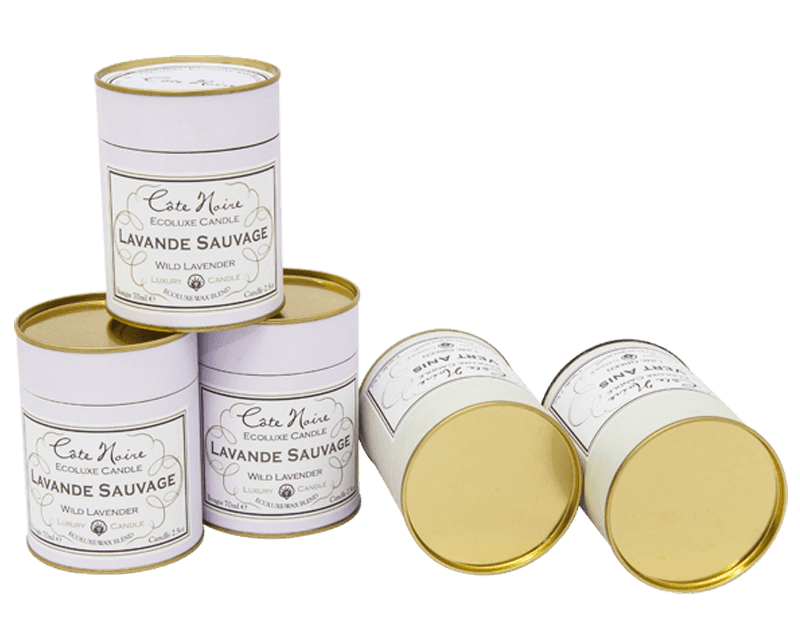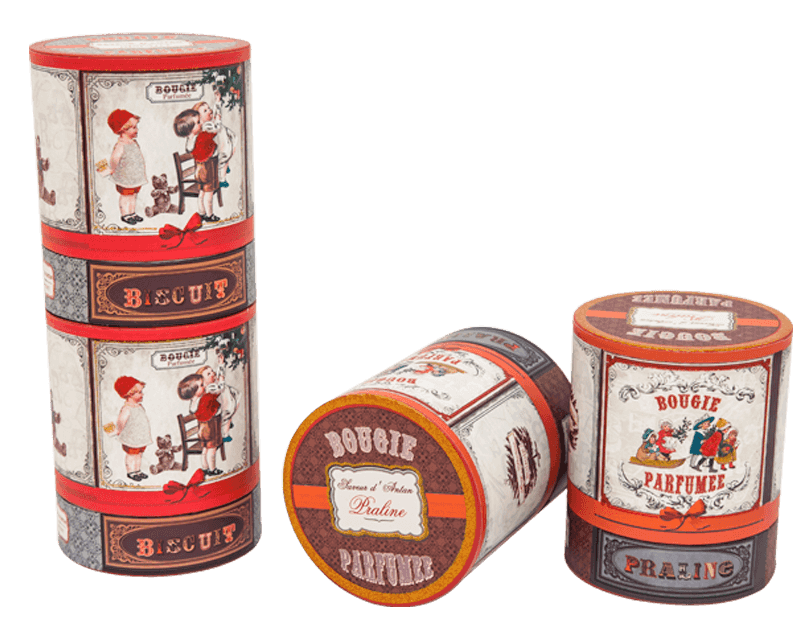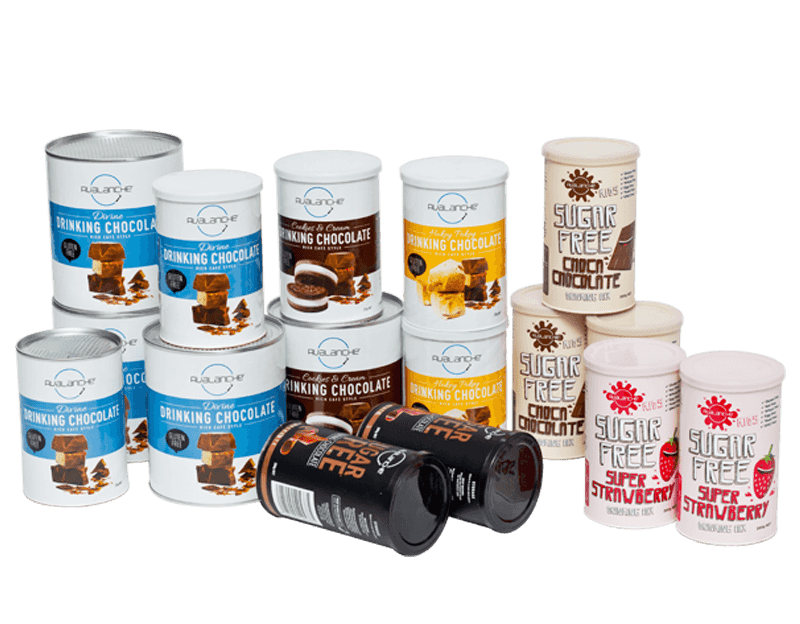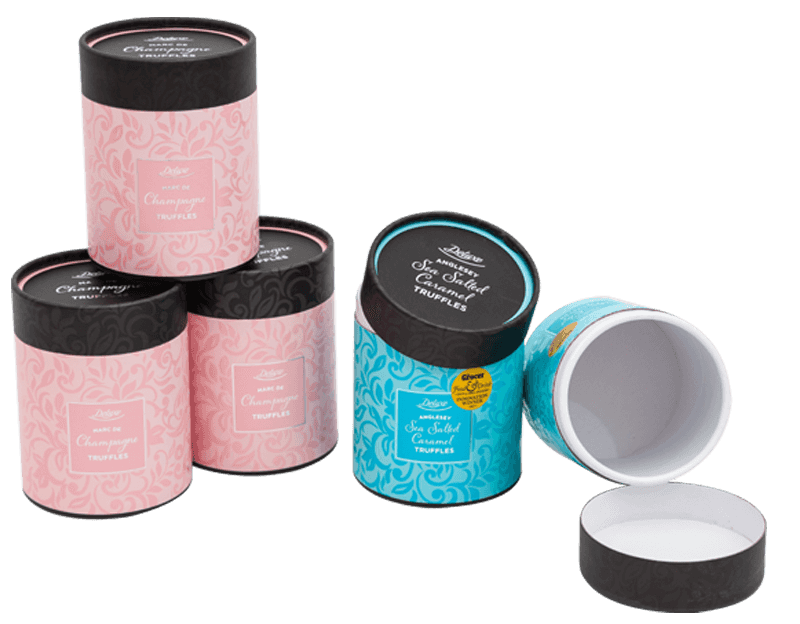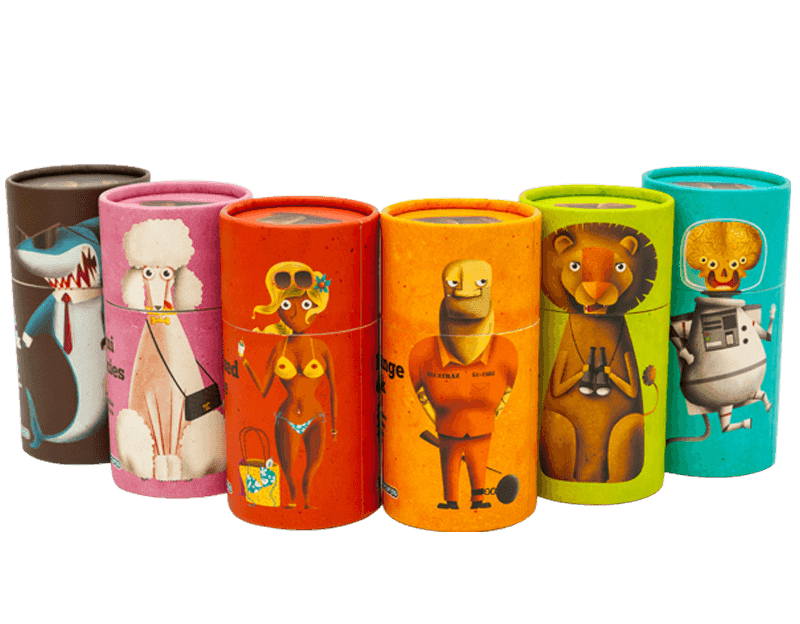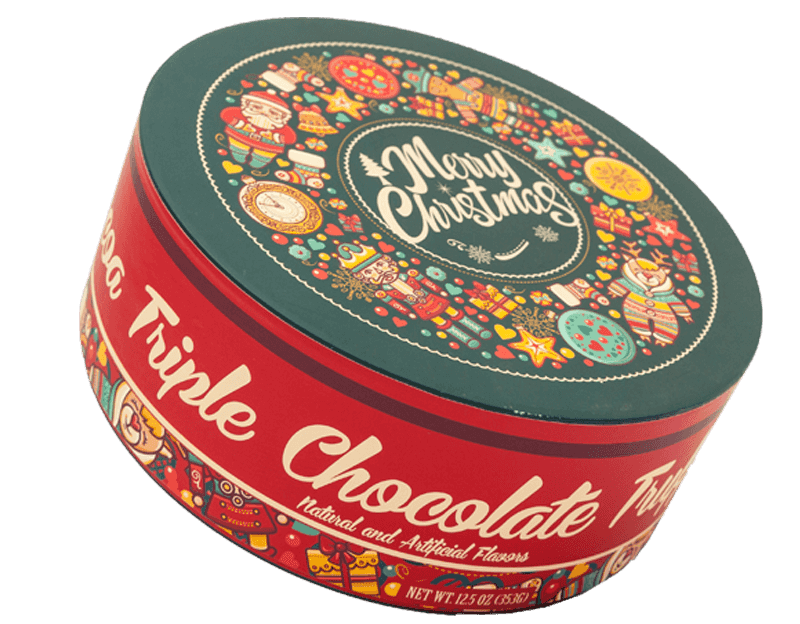As one of the top China cardboard tube packaging manufacturers and paper tube packaging suppliers, we devote all of our efforts to research and launch more high quality packaging products to global market.
Innovative encasements in the realm of wine bottle packaging are redefining the traditional norms and presenting new opportunities for brand differentiation, sustainability, and consumer engagement. From creative designs to eco-friendly materials, these innovations reflect the dynamic nature of the wine industry and its commitment to both aesthetics and environmental responsibility.
1. Sustainable Materials:
In recent years, there has been a notable shift towards sustainable and eco-friendly packaging solutions in various industries, including wine. Innovative encasements are utilizing materials such as recycled paper, cardboard, and biodegradable plastics to reduce environmental impact. Brands are opting for packaging that aligns with their commitment to sustainability, appealing to environmentally conscious consumers.
2. Origami-inspired Designs:
Origami-inspired wine bottle encasements have gained popularity for their unique and artistic appeal. These designs use folds and creases to create intricate and visually stunning enclosures for wine bottles. Beyond the aesthetic value, origami-inspired packaging can enhance the unboxing experience for consumers, adding an element of surprise and delight.
3. Interactive Packaging:
Interactive packaging engages consumers on a deeper level by incorporating elements that go beyond mere containment. Some wine brands are introducing augmented reality (AR) experiences, QR codes, or NFC (Near Field Communication) technology on their encasements. This interactive approach allows consumers to access additional information about the wine, the winery, or even participate in virtual tastings, creating a more immersive and memorable experience.
4. Minimalist and Artistic Designs:
A departure from traditional ornate packaging, minimalist and artistic designs are gaining traction. These encasements focus on clean lines, simple yet elegant graphics, and a modern aesthetic. The emphasis is on conveying a sense of sophistication and capturing the attention of consumers who appreciate the fusion of art and functionality.
5. Reusable and Multipurpose Encasements:
In response to the growing emphasis on sustainability, some wine brands are adopting reusable or multipurpose encasements. These designs transform the packaging into practical items such as wine racks, coasters, or decorative pieces, extending the life of the packaging beyond its initial purpose. This approach not only aligns with sustainability goals but also adds value for consumers.
6. Smart Packaging Solutions:
Integrating technology into wine bottle encasements, smart packaging solutions are on the rise. Smart labels with temperature sensors can help ensure that the wine is stored and served at the optimal temperature. RFID (Radio-Frequency Identification) tags provide traceability, allowing consumers to learn more about the wine's origin and journey.
7. Biodegradable Plastics:
As an alternative to traditional plastics, biodegradable plastics are making their way into wine bottle encasements. These materials break down more easily in the environment, reducing the long-term environmental impact associated with traditional plastics. Brands adopting biodegradable plastics demonstrate a commitment to addressing plastic pollution concerns.
8. Customization and Personalization:
Innovative encasements are allowing for a high degree of customization and personalization. Brands can tailor the packaging to reflect their identity, tell a story, or commemorate special occasions. This level of personalization not only strengthens brand identity but also enhances the emotional connection between the consumer and the product.
9. Incorporation of Natural Elements:
Drawing inspiration from nature, some wine bottle encasements incorporate natural elements such as wood, cork, or even plant-based fibers. These designs evoke a sense of authenticity and organic connection, appealing to consumers who appreciate the integration of natural materials.
10. Collapsible and Flat-pack Designs:
To address logistics and reduce carbon footprints associated with transportation, some innovative encasements are designed to be collapsible or flat-packed. This not only minimizes storage space during shipping but also reduces packaging waste. Brands adopting such designs showcase a commitment to efficiency and sustainability in their supply chain.
 English
English Español
Español
